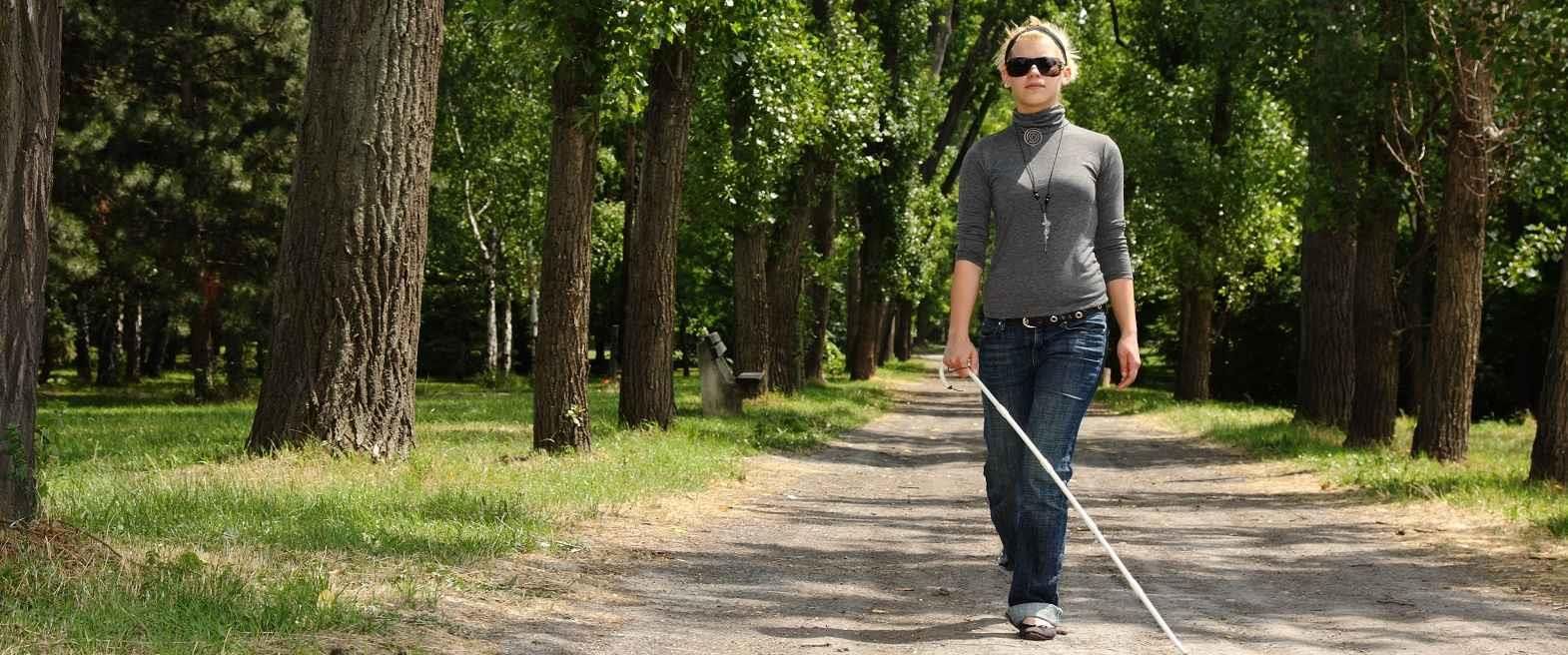Many see fashion as a means of expressing their individuality and sense of style. However, choosing clothes can frequently feel like a chore to blind or visually impaired people, lacking the creativity and excitement it brings to others. Thankfully, things are starting to change. Fashion is following inclusive design principles, paving the way for a day when everyone may enjoy dressing up and expressing themselves.
Choosing clothing poses special difficulties for blind people. Conventional techniques depend on visual cues such as texture, colour, and pattern—all of which are invisible to the blind. This frequently results in frustration, a restricted wardrobe, and a need for sighted assistance. Detecting soiling on clothes and matching patterns for outfit coordination is a significant challenge.
User experience research is the first step towards inclusive fashion design. Working with the blind community gives designers important insights into the difficulties they encounter. This enables them to produce apparel that focuses on the following:
Emphasises Tactile Experience: Differentiating across clothing can be done with fabrics that have varied textures. Consider silky smoothness for a flowy blouse or raised polka dots for a dressier outfit. Many textures are used to offer a distinctive sensory experience.
Stresses Contrast: People with some residual vision can distinguish between clothing items more easily when colour combinations have a high contrast. For simple identification, collars, cuffs, and pockets can be deliberately decorated with vivid contrasting colours or black and white stripes.
Contains Useful Features: Simple-to-use closures are necessary. Instead of tiny buttons or fussy zippers, consider large, easy-to-grip buttons, magnetic snaps, or velcro. These elements in apparel encourage independence for the blind.
Presents Accessible Data: Information about size, care instructions, and fabric composition can be given on clothing tags with braille labels. Furthermore, smartphone-scanning audio tags can provide specifics about specific garments or outfit pairings. Companies are using braille labelling to make their products more accessible.
The benefits of inclusive design go beyond practicality. It is all about designing fashionable apparel that promotes individuality by collaborating with blind designers. Comprehensive descriptions that go beyond colour help the blind community better visualise clothing. Consider describing the item as “a pristine cotton shirt with contrasting black buttons” or as “a flowy maxi dress with a textured paisley pattern.”
A number of well-known companies are adopting blind-friendly design principles. Adaptable clothing options include braille labels, high-contrast colours, and simple fasteners, making them fantastic choices for those who are blind or visually challenged. Detailed web descriptions along with braille labels on clothing make purchasing easier.
Technology also has great potential to influence inclusive fashion in the future. Consider the following:
Using 3D Printing: Customised clothing allows for the creation of comfortable, easily moveable items that precisely match a person’s body shape.
Smart Clothes with Audio Cues: Clothes with built-in sensors can provide suggestions for outfit pairings or maintenance guidelines.
Ending Note
The goal of inclusive fashion design is to create a society in which everyone can enjoy wearing clothes. The fashion industry can ensure that getting dressed is an enjoyable and empowering experience for everyone by placing a high priority on user research, welcoming creative design ideas, and showcasing the inventiveness of the blind community.









Comments